Spider veins, or telangiectasia is a type of vein disease that affects the smaller veins or capillaries that lie just beneath the skin. They appear as blue and red threads that remind people of the filaments of a spider’s web or delicate spider legs. They’re most often found behind the knees or the ball of the ankle, though they can also be found on the face and other areas of the body. Spider veins are not typically dangerous, they’re unsightly, which is why people suffering from them come to Advanced Vein and Laser Center to have them treated.
Treatment Options for Spider Veins
Sclerotherapy
Sclerotherapy is an outpatient procedure that doesn’t require anesthesia, and the patient can leave the doctor’s office soon after the treatment.
During a session, the patient lies on a treatment table with their legs slightly raised. The treatment area is cleansed, then the doctor injects the sclerotizing agent into the vein. The agent can be a solution or foam.
The sclerotizing agent irritates the inside of the vein and makes it collapse. During the procedure, the patient may feel a stinging or a mild cramping in their legs. Treatment lasts for about 15 minutes.
The doctor and/or nurse massage the leg(s) to help the agent spread and to keep blood from entering the vein. The patient then gets up and is encouraged walk around to prevent blood clots. They are fitted with a compression bandage or stocking that they wear for one to three weeks.
Most otherwise healthy people are candidates for sclerotherapy. People who probably shouldn’t have it are pregnant women, people with heart disease or blood clotting disorders, cancer patients, people who smoke or are on birth control pills.
Ambulatory Phlebectomy
This method of treating vein disease simply means that the telangiectasia are removed in the doctor’s office, and the patient can walk out and go home soon after.
During the procedure, the patient lies on a table with their leg(s) slightly raised. The doctor makes tiny incisions above the veins then physically removes them. The incisions are so tiny that they don’t need suturing, but as with other treatments the patient wears compression stockings or bandages for about two to three weeks to speed up the healing process.
If you are suffering from spider veins, or any other vein condition, contact Advanced Vein and Laser center for a consultation or for more info.
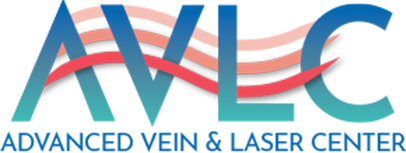

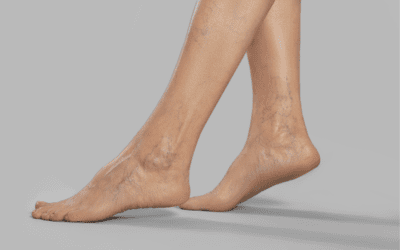
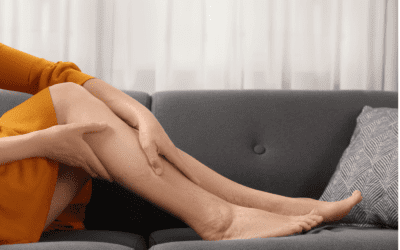

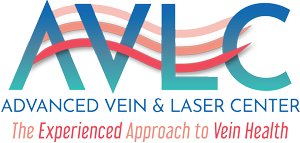
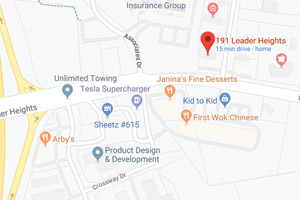
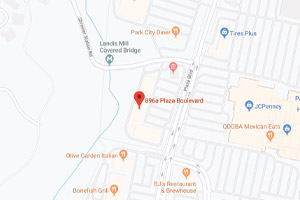
0 Comments